Cucumbers are one of the most refreshing vegetables you can grow at home, perfect for summer salads, cooling drinks, or simply eating fresh off the vine. Their crisp texture and hydrating qualities make them a garden favorite. The good news is that cucumbers are relatively easy to grow, whether you have a sprawling garden or a small container on your balcony. With the right care, you can enjoy a steady harvest of these crunchy vegetables throughout the growing season.
This detailed guide will walk you through everything you need to know about how to grow cucumber plants for refreshing vegetables—from choosing seeds and preparing the soil to harvesting and troubleshooting common problems.
Why Grow Cucumbers at Home?
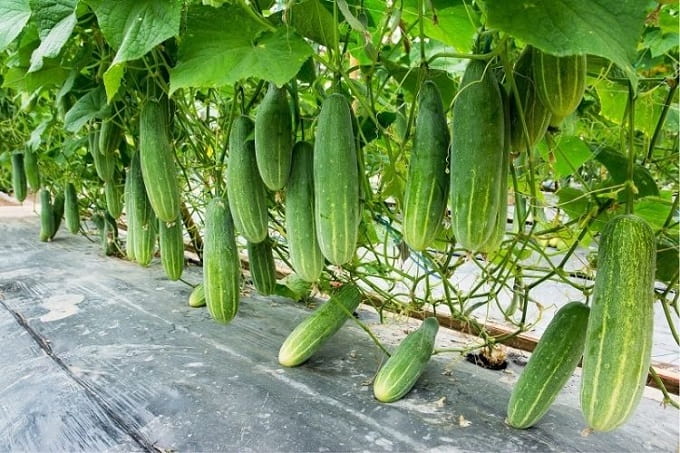
Before we dive into the steps, it’s worth noting why growing cucumbers is so rewarding:
- Freshness: Homegrown cucumbers taste sweeter, crisper, and more flavorful than store-bought varieties.
- Nutritional Value: Cucumbers are low in calories but high in water content, making them excellent for hydration. They also contain vitamins K, C, and B, along with potassium and antioxidants.
- Cost-Effective: One cucumber plant can yield several pounds of cucumbers, saving you money at the grocery store.
- Versatility: Cucumbers can be eaten raw, pickled, or blended into smoothies and juices.
Step 1: Choosing the Right Variety
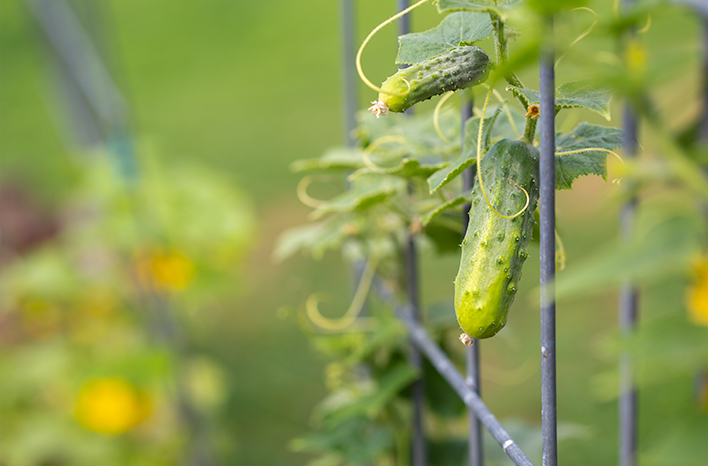
Cucumbers come in several varieties, and choosing the right one is essential for your climate and intended use. Some popular types include:
- Slicing Cucumbers: Long, smooth-skinned cucumbers perfect for salads and sandwiches.
- Pickling Cucumbers: Shorter, bumpy cucumbers ideal for making pickles.
- Burpless Cucumbers: Thin-skinned and less bitter, making them easier to digest.
- Bush Varieties: Compact plants that grow well in containers or small spaces.
Check your seed packet for variety-specific growing instructions, as some cucumbers are better suited for warm climates while others can tolerate cooler conditions.
Step 2: Preparing the Soil
Cucumbers thrive in rich, loose, and well-draining soil. Here’s how to prepare:
- Soil Type: Sandy loam soil enriched with organic matter works best.
- pH Level: Aim for a slightly acidic to neutral pH between 6.0 and 7.0.
- Nutrients: Add compost, well-rotted manure, or a balanced fertilizer before planting to ensure the soil is nutrient-rich.
- Drainage: Ensure the soil doesn’t hold excess water since cucumbers dislike soggy roots. Raised beds or mounds are excellent for good drainage.
Step 3: Planting Cucumber Seeds
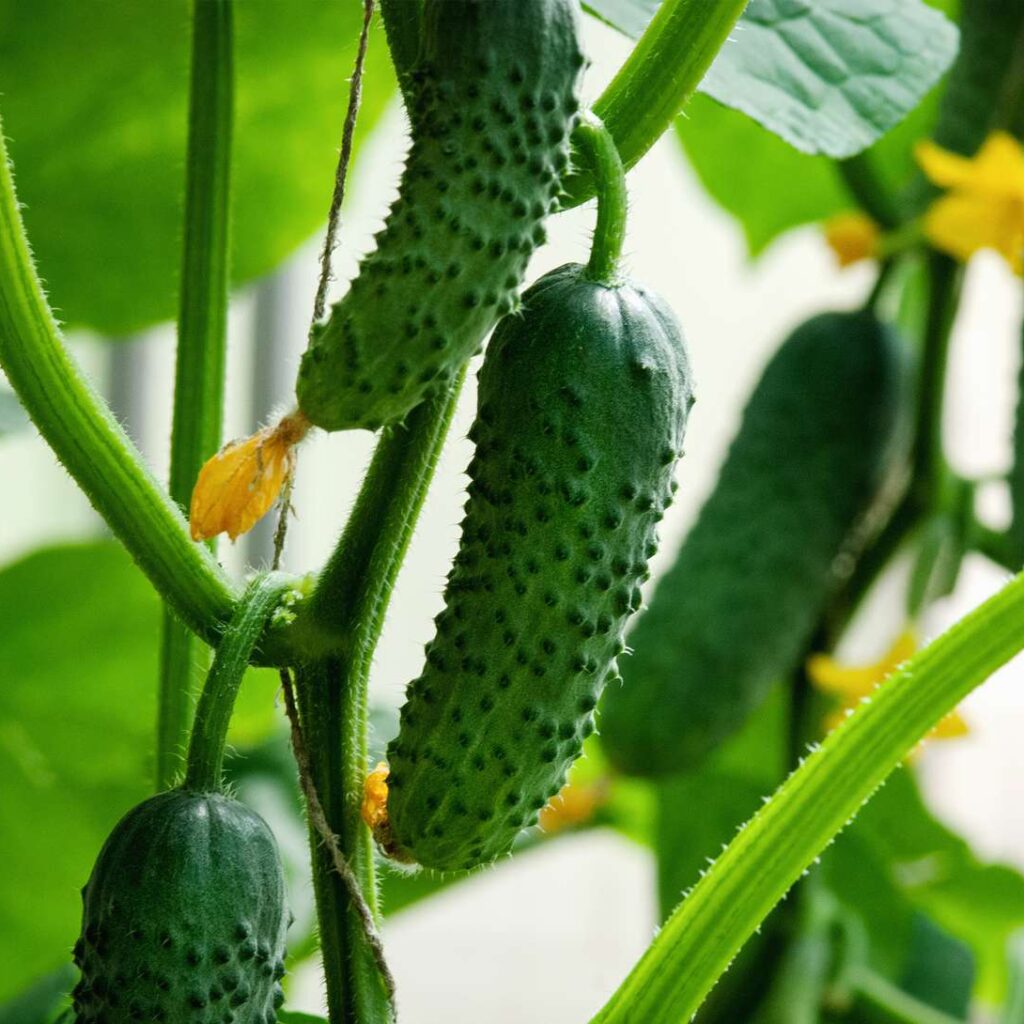
You can plant cucumbers directly in the garden or start them indoors before transplanting.
Direct Sowing Outdoors
- When to Plant: Sow seeds outdoors after the last frost when soil temperatures reach at least 65°F (18°C).
- Spacing: Plant seeds 1 inch deep, spacing them 12 inches apart for vining varieties or 8 inches for bush types.
- Rows: Keep rows about 3–4 feet apart for ample room to grow.
Starting Indoors
- Start seeds indoors 3–4 weeks before the last frost date.
- Use biodegradable pots to avoid root disturbance when transplanting.
- Harden off seedlings gradually before moving them outdoors.
Step 4: Providing Proper Sunlight and Water
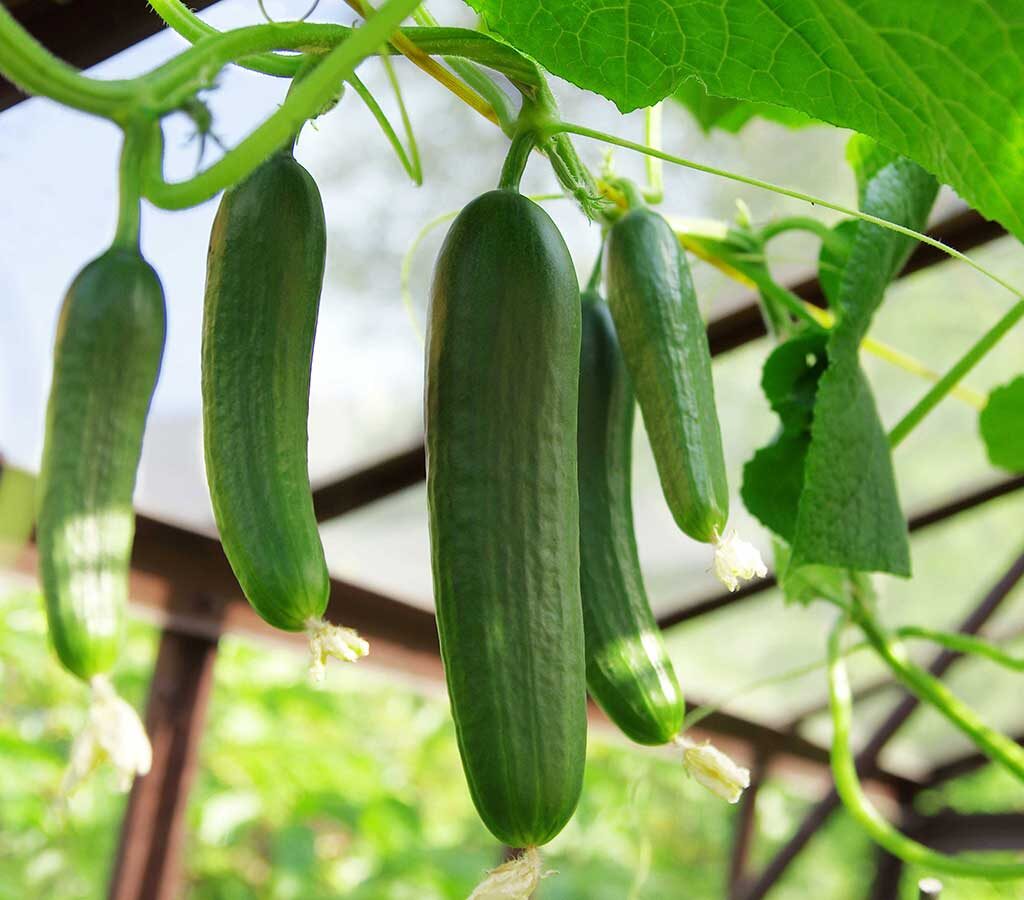
- Sunlight: Cucumbers need full sun, at least 6–8 hours per day. Lack of sunlight can lead to poor fruit production.
- Watering: Cucumbers are water-loving plants. Provide consistent moisture—about 1–2 inches of water per week. Water at the base to avoid wetting leaves, which can encourage diseases.
- Mulching: Apply straw or organic mulch around the base to retain moisture, suppress weeds, and keep fruits clean.
Step 5: Supporting Your Plants
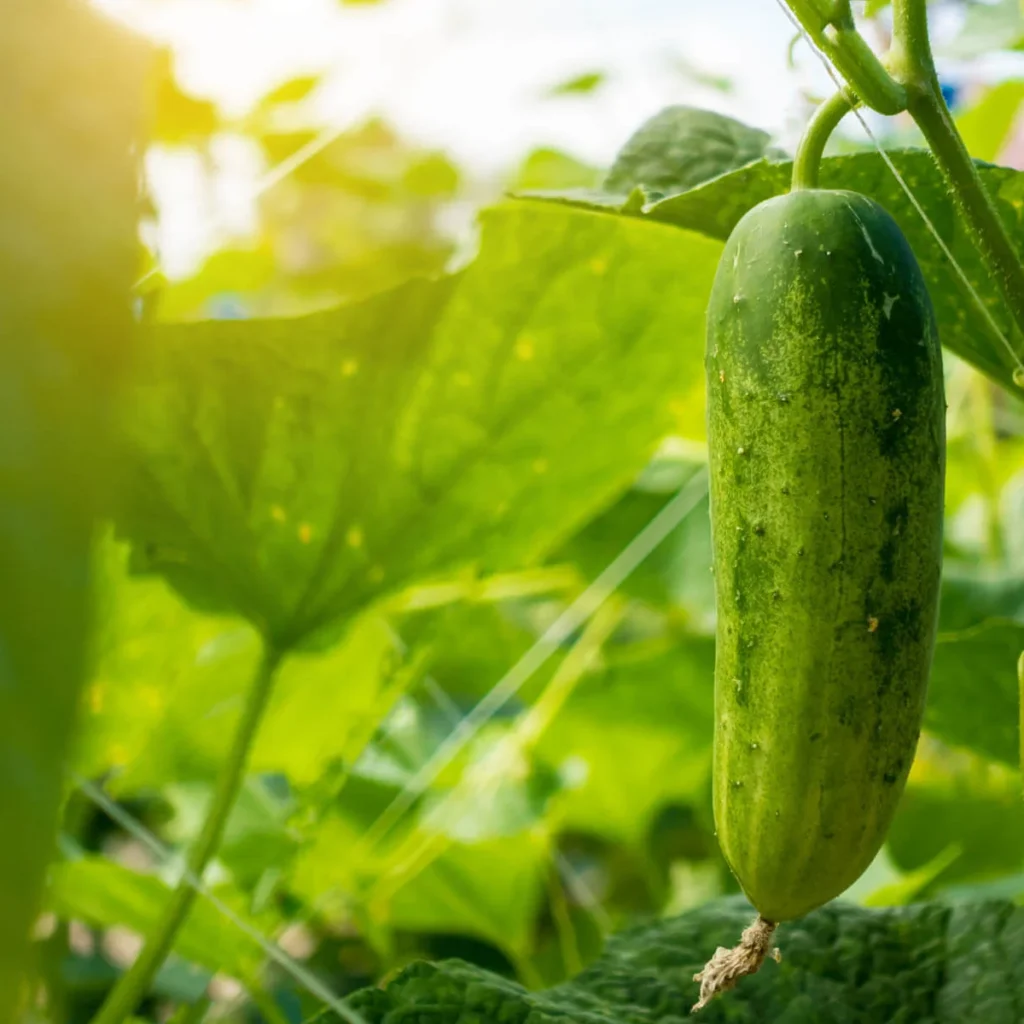
Cucumbers are vining plants, and supporting them properly ensures healthier growth and better fruit quality.
- Trellises or Arbors: Train cucumber vines to grow vertically. This saves space, improves airflow, and reduces the risk of rot and pests.
- Cages or Stakes: Similar to tomato cages, these provide vertical support for bushy cucumber varieties.
- Ground Growth: If you prefer to let them sprawl, provide enough space and place straw beneath fruits to prevent rotting.
Step 6: Fertilizing for Growth
Cucumbers are heavy feeders, and fertilization helps maximize yield.
- Initial Fertilizer: Mix balanced fertilizer (10-10-10) into the soil before planting.
- During Growth: Apply a side dressing of fertilizer every 2–3 weeks, especially when flowering and fruiting.
- Liquid Fertilizer: Compost tea or liquid seaweed fertilizer boosts plant health naturally.
Step 7: Pollination and Flowering
Cucumbers produce both male and female flowers. Pollination is crucial for fruit development.
- Bees and Insects: Encourage pollinators by planting flowers like marigolds or sunflowers nearby.
- Hand Pollination: If natural pollination is low, use a small brush or cotton swab to transfer pollen from male to female flowers.
Female flowers are easy to identify—they have a tiny cucumber at their base.
Step 8: Harvesting Cucumbers
Knowing when to harvest is key to enjoying fresh, flavorful cucumbers.
- Timing: Most cucumbers are ready 50–70 days after planting.
- Size: Harvest slicing cucumbers at 6–8 inches long and pickling cucumbers at 3–5 inches.
- Frequency: Pick regularly to encourage continuous production. Overripe cucumbers left on the vine signal the plant to stop producing.
- Method: Use garden scissors or a sharp knife to cut cucumbers rather than pulling them, which can damage vines.
Step 9: Common Problems and Solutions
Even with the best care, cucumber plants may face challenges.
- Powdery Mildew: White spots on leaves. Prevent with proper spacing, sunlight, and fungicide if necessary.
- Cucumber Beetles: Small yellow-and-black pests that chew leaves. Use row covers early in the season and neem oil for control.
- Yellowing Leaves: May be due to overwatering, nutrient deficiency, or pests. Adjust watering and fertilize as needed.
- Bitter Taste: Caused by stress, irregular watering, or high temperatures. Keep soil consistently moist to prevent bitterness.
Step 10: Storing Cucumbers
- Short-Term Storage: Store fresh cucumbers in the refrigerator for up to a week.
- Long-Term Preservation: Pickling is a popular way to preserve cucumbers for months. You can also try fermenting or freezing cucumber slices for smoothies.
Final Thoughts
Growing cucumbers at home is a rewarding experience that offers a continuous supply of fresh, crisp vegetables for your kitchen. By choosing the right variety, preparing nutrient-rich soil, providing consistent care, and managing pests, you can enjoy a successful harvest throughout the season. Whether you’re slicing cucumbers for a salad, blending them into a refreshing drink, or preserving them as pickles, your homegrown cucumbers will taste far superior to store-bought ones.
With a little effort and dedication, you can transform your garden or balcony into a cucumber-producing paradise and savor the refreshing crunch of these versatile vegetables all season long.
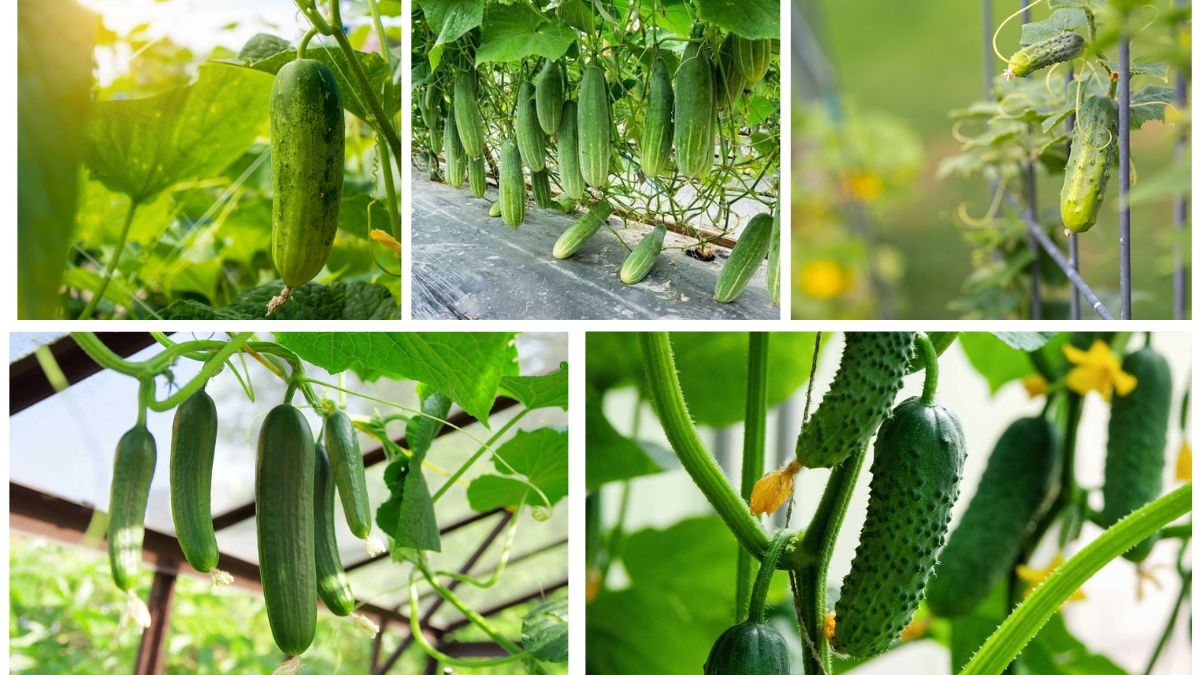





Leave A Comment